How to Build an Audience From Zero: The Indie Maker's Guide
how to build an audience: Launching a product into the void is every founder's nightmare. You spend months, maybe even years, pouring your soul into bui — learn
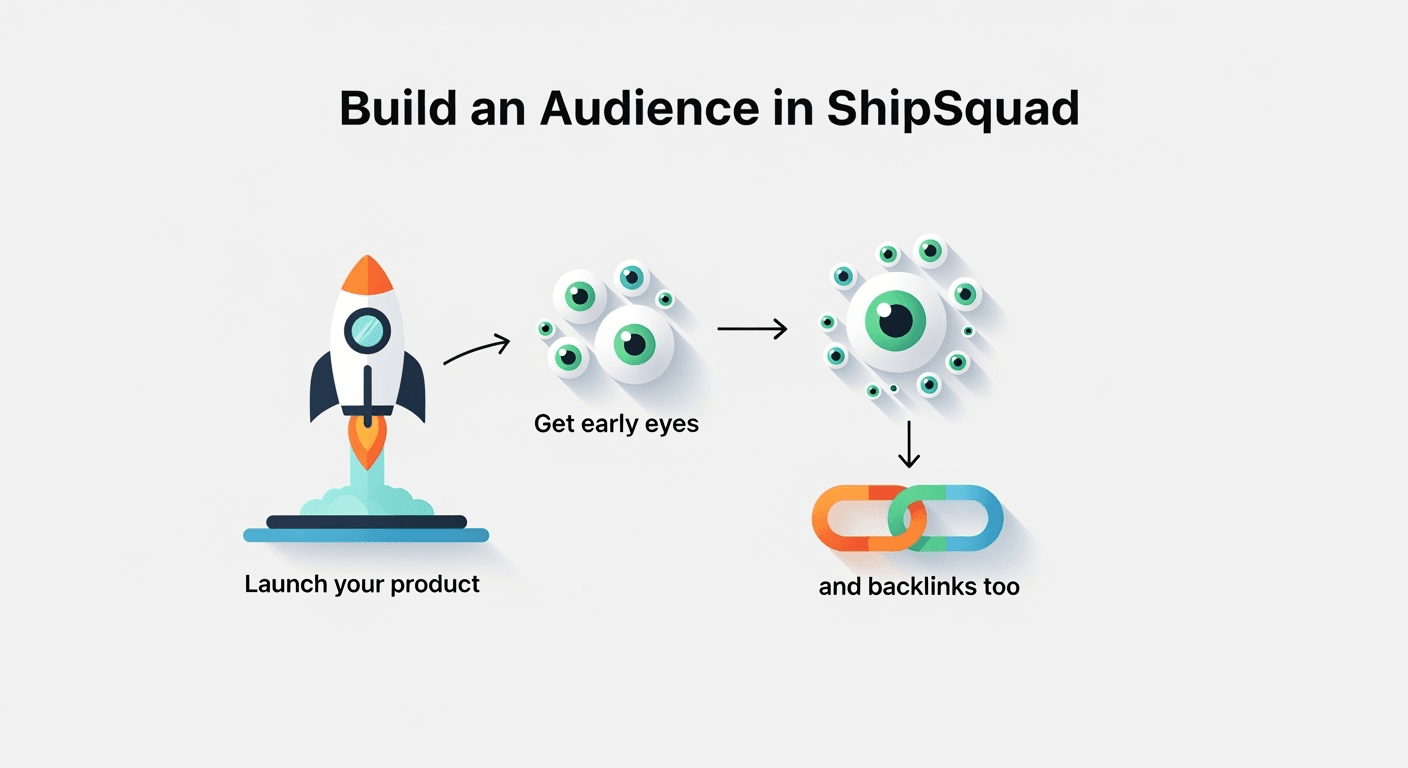
Launching a product into the void is every founder's nightmare. You spend months, maybe even years, pouring your soul into building something amazing, only to hit "publish" and hear… crickets. It’s a lonely, frustrating place to be. The core problem isn't the product; it's the lack of people waiting for it. This guide is your roadmap on how to build an audience before you launch, ensuring you have a built-in group of supporters ready to give feedback, spread the word, and become your first customers. We'll focus on real, sustainable strategies that don't require a marketing budget, perfect for indie makers and early-stage founders who need visibility, validation, and SEO growth right from the start.
Table of Contents
- The Foundation: Before You Write a Single Line of Code
- The "Give First" Strategy: How to Build an Audience with Value
- From Follower to Fan: Turning Viewers into a Community
- The Launchpad: Using Your New Audience for a Perfect Launch
- Smart Tools and Tactics to Accelerate Your Growth
- Recommended Videos
- Frequently Asked Questions
The Foundation: Before You Write a Single Line of Code
Before you can think about how to build an audience, you have to know who you're building it for. Jumping straight into content creation without this groundwork is like sailing without a compass. You’ll move, but probably not in the right direction.
Define Your Niche: Who Are You Actually Talking To?
Stop trying to appeal to everyone. The "everyone" audience is a myth. The most successful creators and founders speak to a very specific group of people with a shared problem or passion.
Think about it. Who is the one person that would get the most value from your product?
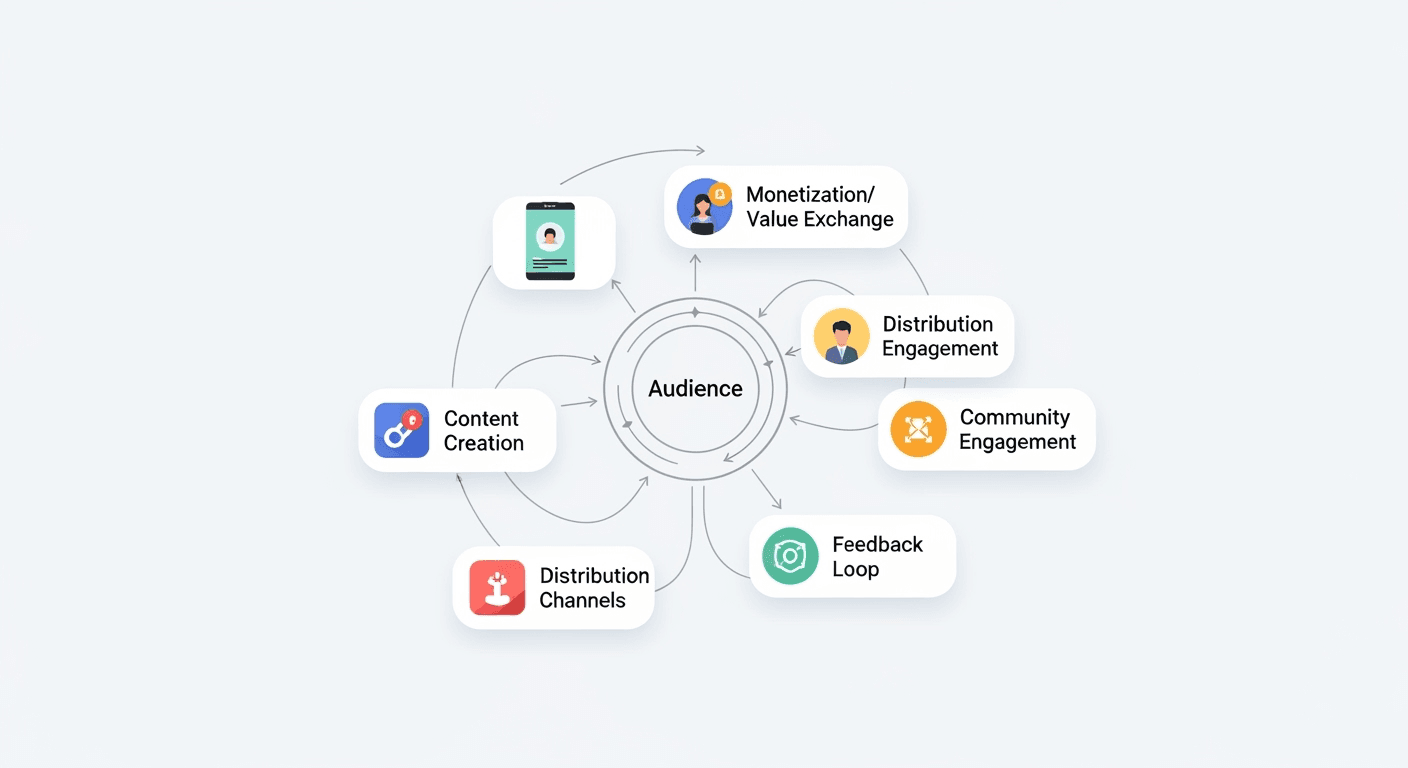
- A remote team lead trying to improve asynchronous communication?
- A hobbyist woodworker looking for project plans?
Get ridiculously specific. Give this person a name, a job, and a list of frustrations. This isn't just a marketing exercise; it's about empathy. When you know exactly who you're talking to, creating content for them becomes a hundred times easier. You know their pain points, you speak their language, and you understand what solutions they're desperately searching for.
Find Your "Watering Holes": Where Does Your Audience Hang Out Online?
Your target audience already congregates online. Your job is to find these "watering holes" and become a familiar face. Don't just show up to spam your links; that's the fastest way to get ignored. Go there to listen, learn, and contribute.
Common watering holes for indie makers and tech founders:
- Niche Subreddits: Look for communities like r/SaaS, r/indiehackers, or r/sideproject.
- Twitter/X: Use the search function to find people discussing the problems you aim to solve. Follow relevant hashtags and engage in conversations.
- Indie Hackers (https://www.indiehackers.com): A community built specifically for people like you. Share your progress, ask for feedback, and help others.
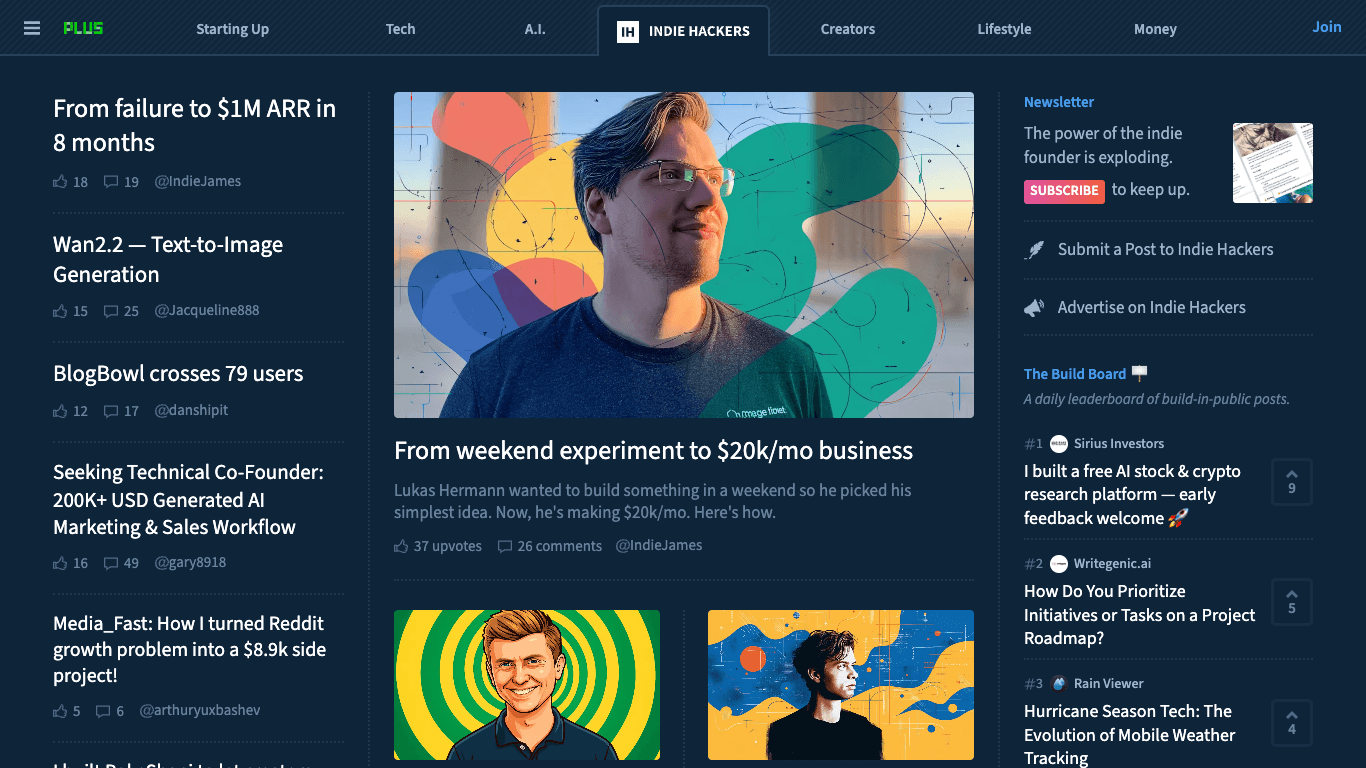
- LinkedIn Groups: If your audience is more corporate or B2B-focused, this is a goldmine.
- Slack/Discord Communities: Find private groups dedicated to your niche.
Your goal is to become a helpful, known member of the community. Answer questions. Share your experiences. Be a human, not a billboard. This is the first, crucial step in learning how to build an audience that trusts you.
Craft Your Value Proposition: Why Should They Listen?
Once you know who you're talking to and where they are, you need a reason for them to pay attention. What unique perspective or value can you offer? You don't have to be the world's leading expert. In fact, being just a few steps ahead of your audience can be even more powerful.
This is often called "learning in public." Share your journey—the wins, the losses, the "aha!" moments. People connect with authenticity far more than they connect with a polished, corporate persona. Your value proposition could be as simple as, "I'm building a SaaS product from scratch with no experience, and I'm sharing every mistake I make along the way."
That’s a story people will follow.
The "Give First" Strategy: How to Build an Audience with Value

The old model of marketing was about shouting the loudest. The new model is about giving the most. The core of how to build an audience today is providing immense value for free, building trust and authority long before you ever ask for a sale.
The Power of "Learning in Public"
This is the indie maker's secret weapon. You don't need a huge marketing team or a massive budget. All you need is a willingness to be transparent.
Here’s what it looks like in practice:
- Share your progress: Post weekly updates on Twitter or Indie Hackers. "This week, I finally fixed that pesky bug and hit $10 in MRR! Here's how I did it."
- Talk about your failures: "I spent a month building a feature nobody wanted. Here's what I learned." This kind of vulnerability is incredibly relatable and builds deep trust.
- Ask for feedback: "Here's the new landing page design. What do you guys think? Be brutal!"
People are naturally curious about the building process. By sharing your journey, you're not just creating content; you're creating a narrative. You're inviting people to root for you.
Case Study #1: The Transparent Founder
An indie developer, let's call her Jane, was building a project management tool for creative agencies. Instead of building in secret, she documented her entire process on Twitter. She shared wireframe sketches, debated feature ideas with her followers, and posted her Stripe revenue updates, even when they were $0. Before she even launched, she had over 2,000 followers who felt like they were part of her journey. When she finally opened her waitlist, she got 500 signups in the first 24 hours. She didn't sell a product; she sold the final chapter of a story her audience had been following for months.
Content That Solves One Specific Problem
Don't try to write the ultimate guide to everything. The most effective content solves one small, specific problem. This makes it highly shareable and incredibly useful.
- Instead of: "A Guide to Marketing"
- Try: "How I Got My First 10 Beta Testers from a Single Reddit Post"
- Instead of: "How to Code"
- Try: "The Exact CSS Snippet I Used to Create a Glassmorphism Effect"
Think of your content as building blocks. Each piece solves one tiny problem, but together they build a powerful library of resources that establishes you as a go-to person in your niche. This is a fundamental tactic for anyone serious about how to build an audience.
From Follower to Fan: Turning Viewers into a Community
Getting followers is one thing. Building a community is something else entirely. A community is active, not passive. They don't just consume your content; they engage with it, share it, and contribute to it.
The Art of the Conversation
This is where so many founders go wrong. They broadcast, but they don't converse. Your goal should be to start conversations, not just post updates.
- Ask open-ended questions: Instead of "Check out my new blog post," try "I just wrote about the biggest mistake I made in my first year. What's a mistake you learned a lot from?"
- Reply to every single comment: It shows you're listening and that you value their input. This becomes harder as you grow, but it's non-negotiable in the early days.
- Run polls: People love to share their opinions. Use polls on Twitter or LinkedIn to get quick feedback and spark debate.
Recent data consistently shows that engagement is a key driver of loyalty. A study found that when brands engage with customers, those customers are likely to spend 20-40% more. While you might not have customers yet, the principle is the same. An engaged follower is far more likely to become a user.
Leveraging User-Generated Content (UGC)
As your audience grows, encourage them to become part of the story. If you're building a design tool, ask them to share their creations. If you're creating a productivity app, ask them to share their favorite workflows.
Featuring content from your community is a powerful flywheel:
- It makes the original creator feel valued and recognized.
- It provides you with authentic content you didn't have to create.
- It shows potential followers that you have an active, vibrant community.
This is a more advanced technique for how to build an audience, but it's something to keep in mind as you grow.
The Launchpad: Using Your New Audience for a Perfect Launch
Okay, so you've laid the groundwork. You have a small but engaged group of people who trust you. Now what? Now, you can finally think about launching. This is where learning how to build an audience pays its biggest dividends.
The "Pre-Launch" Buzz
A successful launch doesn't start on launch day. It starts weeks, or even months, before. With an audience already in place, you can build anticipation and validate your final product.
- Create a Waitlist: Offer early access or a special discount to people who sign up before you launch. This is your primary call-to-action.
- Share Behind-the-Scenes Content: Show sneak peeks of the product, talk about the final push to get it ready. Make them feel like insiders.
- Launch with Them, Not at Them: Ask your early followers for feedback on your launch plan. "Should I launch on a Tuesday or a Thursday? What launch platform do you think is best?"
Beyond Launch Day: The SEO and Backlink Advantage
Here’s the part most indie makers miss. A launch isn't just about getting a spike of traffic on day one. It's about setting yourself up for long-term, sustainable growth. And the number one driver of that is SEO.
The problem is, traditional launch platforms are often a flash in the pan. You get a burst of attention, but it doesn't translate into lasting SEO value. Why? Because you're not getting credible, high-quality backlinks that tell Google your new product is legitimate. This is a critical piece of the puzzle of how to build an audience that continues to grow over time.
You need a launch strategy that provides both early eyes and SEO equity. Platforms designed for this, like ShipSquad, are a game-changer. They connect you with early adopters who are genuinely interested in new products, and in return for a free launch, you get visibility and, crucially, backlinks that help you rank on search engines long after launch day is over.
Let's be honest, getting those first few backlinks can feel impossible. But by launching within a community designed to support new makers, you're tapping into a system that benefits everyone.
| Feature | Traditional Launch Platform | Community-First Launch (e.g., ShipSquad) |
|---|---|---|
| Cost | Often requires a fee or paid promotion. | Free for builders. |
| Audience | Requires you to bring your own audience. | Connects you with built-in early adopters. |
| SEO Impact | Minimal to none. Traffic is temporary. | High. Built to generate valuable backlinks. |
| Feedback | Limited to public comments. | Fosters genuine feedback and validation. |
Case Study #2: The SEO-Savvy Launch
A small team of two launched a niche analytics tool. Instead of just posting on the usual sites, they focused on a launch strategy that prioritized SEO. They used a platform that guaranteed them a spot in curated newsletters and product directories, which resulted in 15 high-quality backlinks in their first week. While their day-one traffic was modest (around 3,000 visitors), the real win came three months later. Thanks to the backlink authority they built during the launch, they started ranking on the first page of Google for several key long-tail keywords. This now brings them a steady stream of over 200 highly qualified organic visitors every single day, a result that a traditional launch never would have delivered.
This is the modern way to think about how to build an audience for a product. It's not just about the launch; it's about the entire lifecycle of your business.
Smart Tools and Tactics to Accelerate Your Growth
Building an audience is about consistency, but the right tools can help you work smarter, not harder.
Essential Free (or Freemium) Tools
You don't need a complex and expensive marketing stack. Start with these simple, effective tools:
- Buffer (https://buffer.com) or Hootsuite (https://www.hootsuite.com): For scheduling your social media posts. Consistency is key, and these tools ensure you're always present, even when you're busy coding.
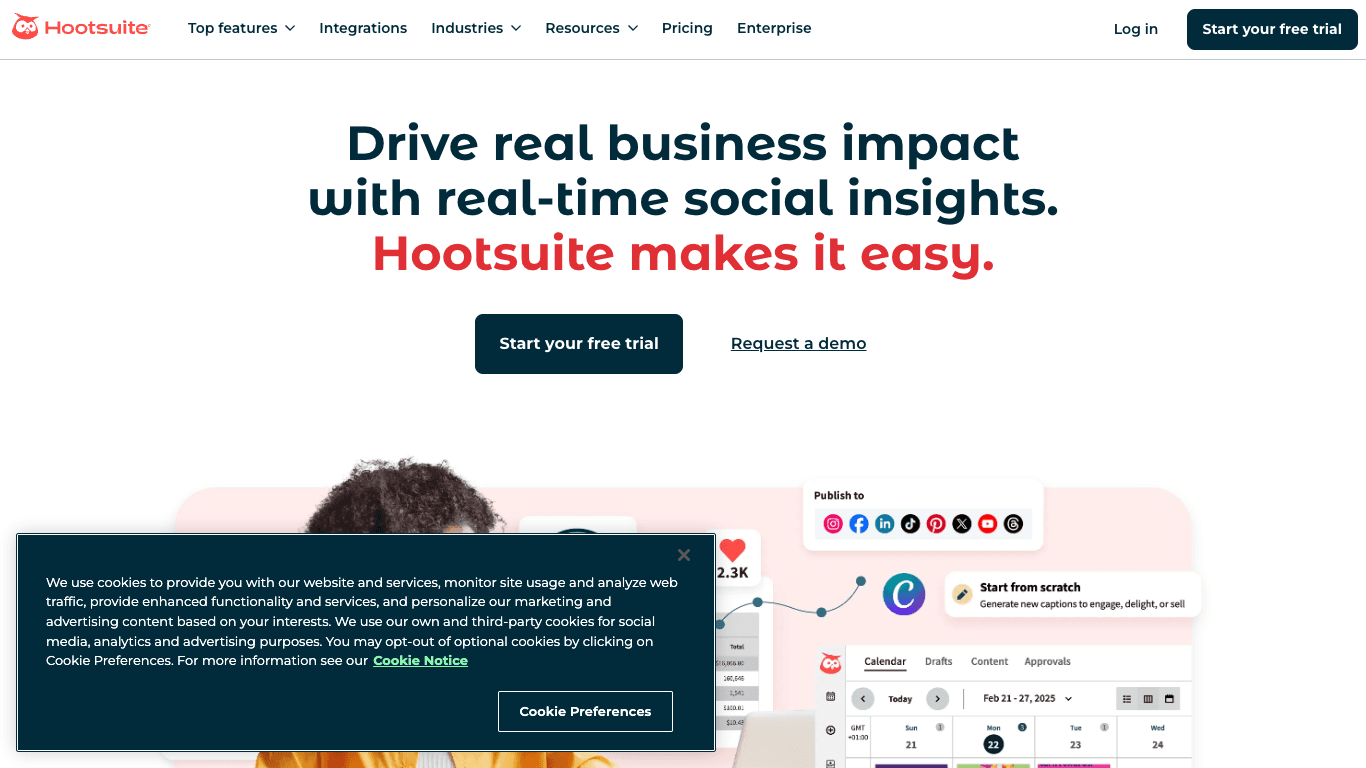
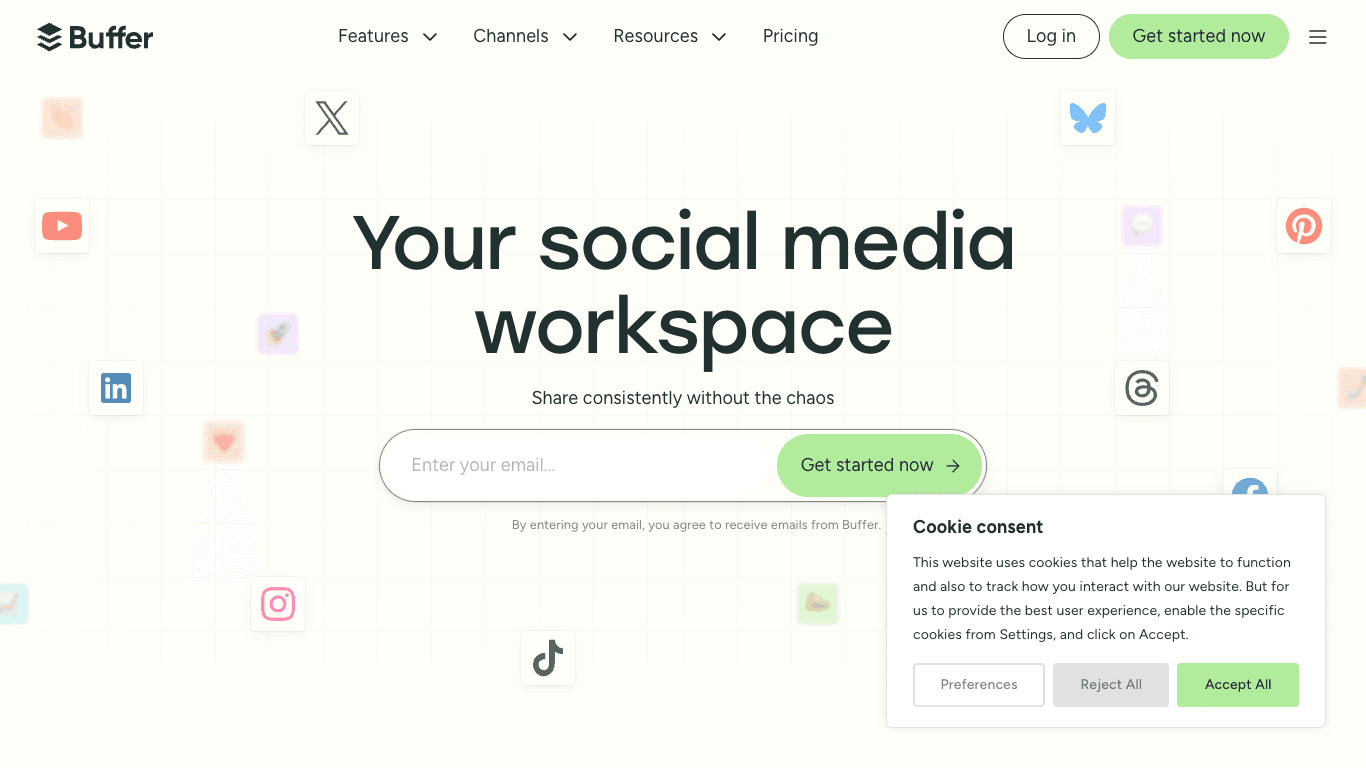
- Google Analytics (https://analytics.google.com): To understand where your website traffic is coming from.
- Notion (https://www.notion.so): For organizing your content ideas and strategy. Create a simple content calendar to plan your posts, threads, and articles.
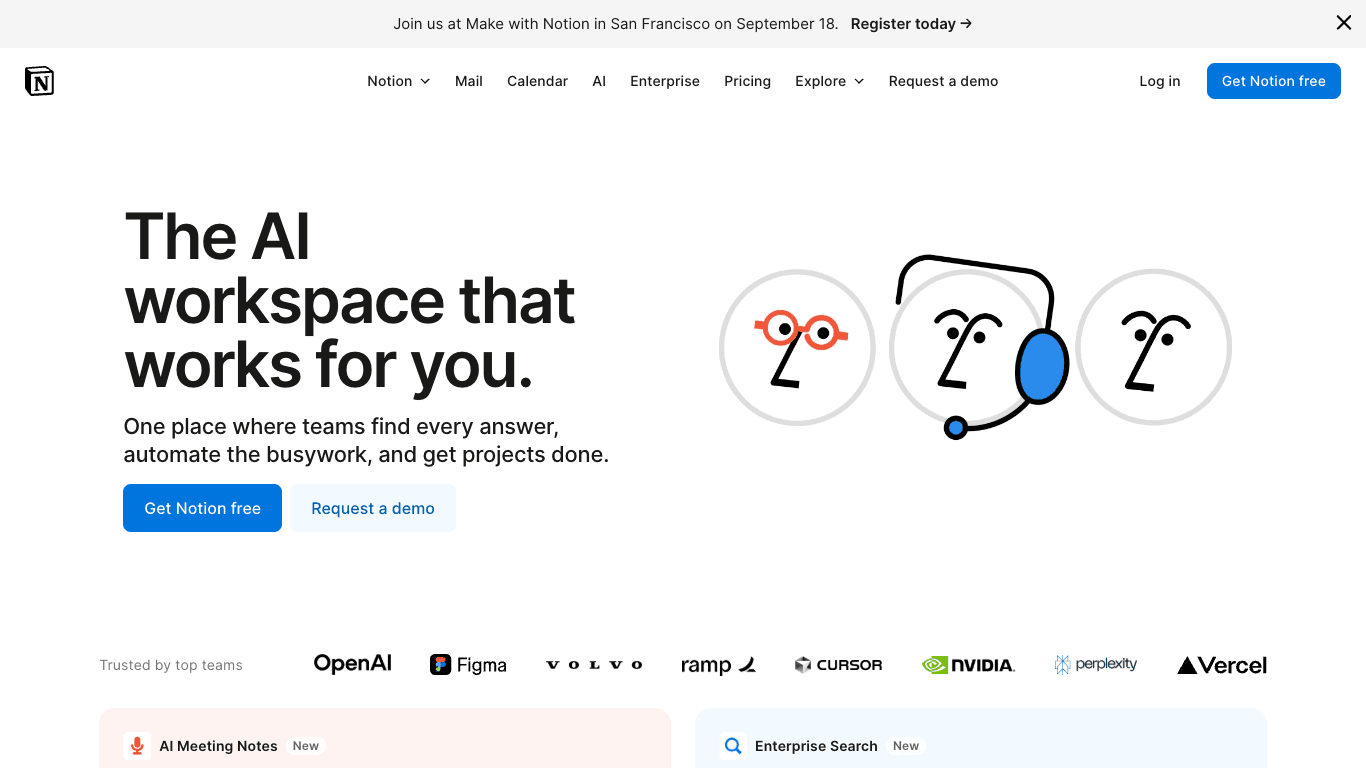
The Unspoken Power of Collaboration
Find other indie makers who are at a similar stage and serve a similar audience (but aren't direct competitors). Collaborate with them.
- Do a "takeover" of each other's Twitter accounts for a day.
- Write a guest post for each other's blogs.
- Co-host a small webinar or live stream.
This is the fastest way to get in front of a new, relevant audience that is already primed to be interested in what you're building. It's a win-win.
Final Thoughts: Your Audience is Your Moat
In a world where new products are launched every second, a great product is no longer enough. Your audience—the community of people who know, like, and trust you—is your single greatest competitive advantage. It's your moat.
Learning how to build an audience is not a marketing tactic; it's a fundamental part of product development. It provides validation, feedback, your first customers, and the long-term SEO foundation for sustainable growth. It's a slow, steady process, but it's the most reliable path to building something that lasts.
Stop building in the dark. Start building your audience today. And when you're ready to launch, do it in a way that gives you the visibility, feedback, and backlinks you deserve.
Ready to get early eyes on your product and build lasting SEO from day one? Launch for free on ShipSquad and find your first 100 true fans.
Recommended Videos
- How to Get Your First 1000 Followers - A great tactical video from Ali Abdaal on the principles of audience growth.
- Marketing for Engineers - A fantastic talk by Justin Jackson on how developers can think about marketing and audience building.
Frequently Asked Questions
1. How long does it take to build an audience?
There's no magic number, but it's a game of consistency. If you consistently provide value and engage with your niche for 3-6 months, you will see meaningful traction. The key is not to give up after the first few weeks.
2. Do I need a big budget to build an audience?
Absolutely not. Every strategy discussed in this guide is free. It requires an investment of your time and effort, not your money. Your authenticity is more valuable than any ad budget.
3. What's more important: quality or quantity of content?
In the beginning, quality and consistency are both crucial. Aim for one high-quality, genuinely helpful piece of content per week (or even every two weeks) and spend the rest of your time engaging in conversations. One great blog post is better than ten mediocre tweets.
4. How do I build an audience if I'm an introvert?
"Learning in public" is perfect for introverts! You don't have to be a charismatic speaker. You can build an audience entirely through writing. Share your work, your code, your designs, and your thoughts. Your work can speak for itself, and thoughtful written engagement is often more powerful than loud, flashy content.
5. What are the biggest mistakes to avoid when trying to build an audience?
The top three mistakes are: 1) Not defining a specific niche and trying to appeal to everyone. 2) Broadcasting instead of conversing (i.e., only posting links to your own stuff and never engaging). 3) Giving up too soon because you don't see massive results in the first month.
6. How can I get quality backlinks for my new product?
This is a huge challenge for new founders. The best way is to launch on platforms that have a built-in process for generating them. A community-focused launch platform like ShipSquad is designed to solve this exact problem, connecting you with early adopters and product directories that provide those critical, authority-building links without you having to do manual outreach.